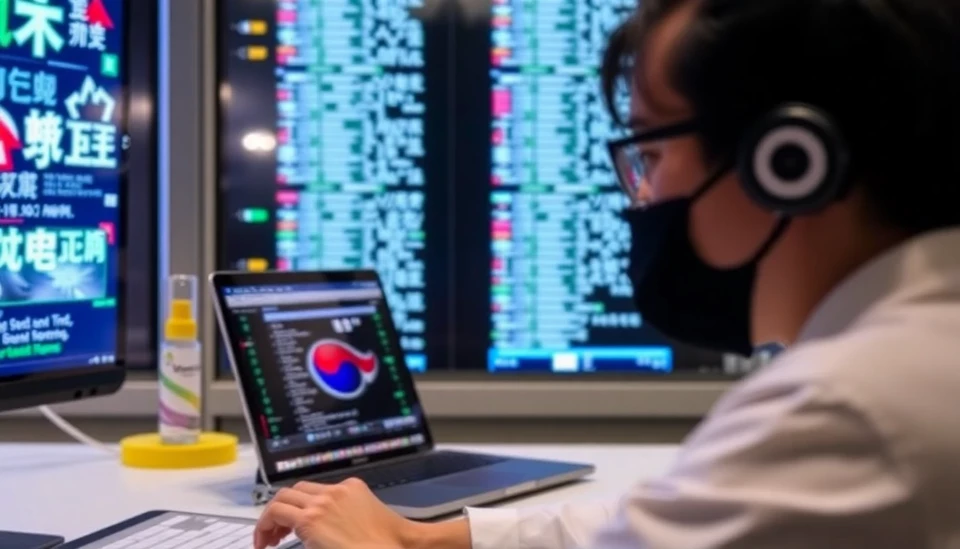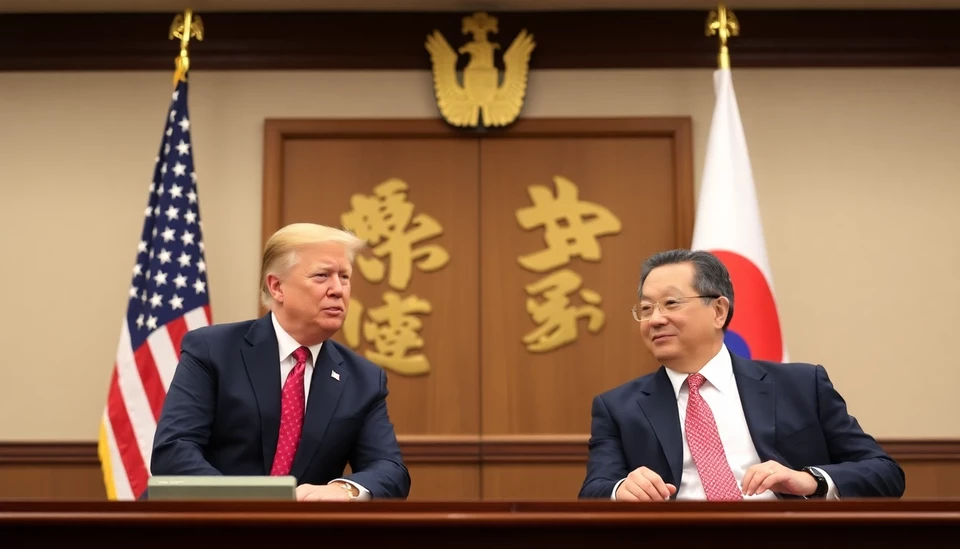
In a significant downturn, South Korea's technology exports are witnessing a sharp decline in growth momentum. This shift poses challenging implications for the nation's economy, which heavily relies on its advanced technology sector. As global market dynamics evolve and economic risks loom, analysts are assessing the potential ramifications for the South Korean economy and its standing in the international tech arena.
Recent data indicated that South Korea's tech exports, which include semiconductors, smartphones, and other electronic goods, have stumbled in the previous quarter. The government has reported a noticeable decrease in the year-on-year growth rate for these exports. This contraction raises concerns among policymakers and industry leaders, suggesting that South Korea's competitiveness might be wavering amidst escalating global competition.
A series of factors contribute to this worrying trend. For starters, external pressures such as a slowdown in demand from key markets, particularly China and the United States, are exerting strain on South Korean exporters. Additionally, geopolitical tensions and trade restrictions have further complicated the landscape, leading to uncertainty within the export-driven economy.
The semiconductor sector, which serves as the backbone of South Korea's tech exports, is particularly vulnerable. Analysts point to increasing investment from rival nations, which are eager to bolster their own semiconductor industries. As countries like the United States escalate efforts to develop domestic supply chains, South Korean manufacturers find themselves in a race against time to maintain their market share.
Moreover, the recent global trend toward renewable energy has prompted significant shifts in technology demands. South Korea must pivot quickly to align itself with new market realities, which may require innovations and adjustments in its manufacturing processes. Industry insiders warn that failing to adapt could further erode South Korea's tech export performance.
In response to these challenges, the South Korean government is exploring policy measures to reinforce its technology sector. Possible actions include incentives for research and development, investment in education to bolster human capital, and collaborative efforts with global partners to explore new markets. However, the effectiveness of such measures remains uncertain, especially as the international landscape continues to shift.
The impact of decreased tech exports resonates beyond just economic figures. A slowing down in this critical sector could lead to reduced job creation and foster a sense of insecurity among the workforce. South Korea's youth, in particular, might feel the pinch as the technology sector has long been seen as a stable source of employment and innovation.
As industry experts and government officials gather to monitor the situation closely, it is evident that proactive measures will be essential to mitigate the potential fallout of this export slowdown. Only time will tell if South Korea can regain its footing in the competitive global tech market or if it will struggle under the weight of rising risks.
In conclusion, South Korea’s tech exports are at a crossroads, facing hurdles that could reshape the future of its economy and technology landscape. The ability to navigate through these challenges will significantly define the nation’s trajectory moving forward.
#SouthKorea #TechExports #Semiconductors #GlobalEconomy #Innovation #TradeRisks #Technology
Author: Rachel Greene




